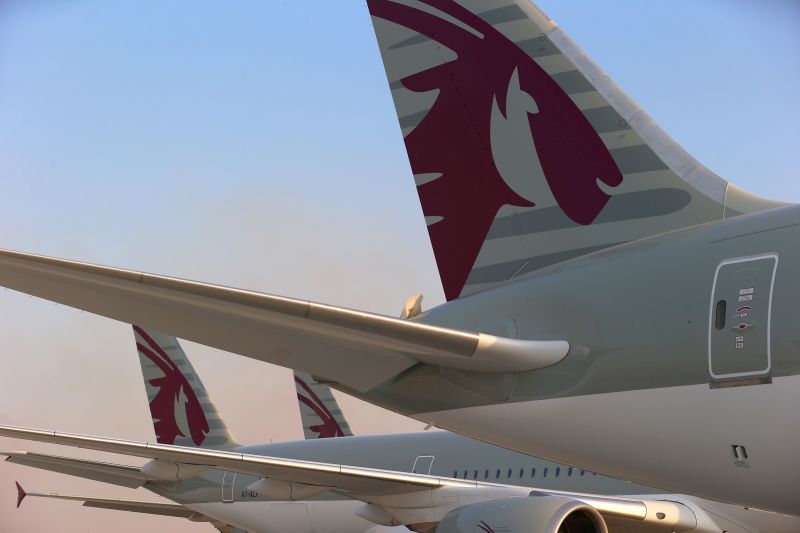In a rather distressing account of an airborne ordeal, 12 passengers on board a Qatar Airways flight were injured during extreme turbulence. This harrowing incident accentuated the unanticipated aspects of air travel, stirring up a jumbled cocktail of concern and consternation among global travelers and aviation enthusiasts alike.
The incident took place midway through the flight while the Qatar Airways aircraft, a state-of-the-art Airbus A350, was cruising at an altitude of 37,000 feet. It was an unassuming journey initially, with passengers comfortably settled, until the aircraft hit a patch of turbulences, turning an otherwise routine flight into a stomach-churning roller-coaster ride.
The 12 injured passengers, a mix of different nationalities, were caught unaware as the plane lurched, some not wearing their seatbelts. Most injuries were minor, ranging from bruises to sprains from unexpected falls because of the sudden shift in flight altitude. Immediately, the professionally trained crew jumped into action, assisting the injured, calming down the panic-stricken passengers, and restoring some semblance of normalcy within the chaotic cabin.
While in normal circumstances, pilots can detect and avoid turbulent areas with advanced weather radar systems, this case seemed to entail a sudden and unexpected encounter with what is referred to as clear air turbulence. This type of turbulence cannot be seen with the naked eye or standard radar. It is commonly caused by atmospheric pressure, jet streams, air around mountains, cold or warm weather fronts or thunderstorms.
Despite the chaotic scenario unfolding in the passenger cabin, the cockpit remained insulated from the panic. The experienced pilots, trained to handle such unforeseen situations, ensured the safety of the plane, demonstrating remarkable control over the aircraft and the situation. They alerted the nearest airport about the turbulence incident and the need for medical attention upon landing.
The aircraft was diverted to the nearest airport to ensure immediate medical assistance. On landing, the injured passengers were promptly attended by on-ground medical staff. Emergency respondents were already present, thanks to the early warning provided by the flight crew. The injured passengers were provided with the necessary medical aid and some were taken to a local hospital for further medical examination as a precautionary measure.
Apart from the victims, other passengers on that flight were naturally shaken by this unexpected turbulence. This incident served as a stern reminder of the importance of adhering to safety instructions provided by the airline before and during the flight. Particularly, it reiterated the aim of the seat-belt sign, often ignored by passengers once the aircraft is in cruise mode.
The Qatar Airways management responded promptly, displaying their concern and commitment to passenger safety. They extended complete assistance to the injured passengers, covering their medical expenses and ensuring they reached their final destinations safely. The airline also carried out a thorough investigation of the incident to identify any potential oversights and reinforce precautionary measures.
Cases such as this Qatar Airways turbulence incident reflect the unpredictable nature of air travel. Despite technological advancements and stringent safety measures, they suggest that passengers must always err on the side of caution and follow the safety instructions provided by the airlines. As disconcerting as these events can be, they remain exceptions and not the norm, in the otherwise safe milieu of global aviation.




